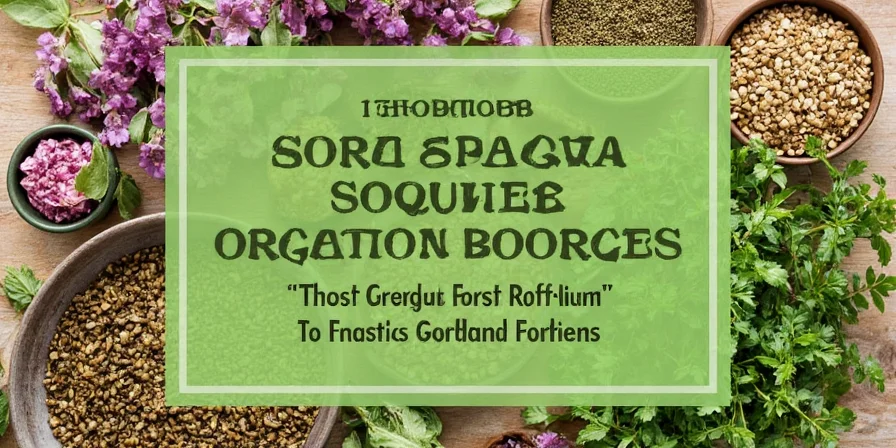
Oregano (Origanum vulgare) originated in the Mediterranean region, with its earliest documented use tracing back to ancient Greece where it was called \"joy of the mountains\" (from Greek \"oros\" meaning mountain and \"ganos\" meaning joy). This aromatic herb naturally grows wild on hillsides throughout Greece, Turkey, and Italy, and has been cultivated for over 2,500 years for culinary, medicinal, and ceremonial purposes.
If you've ever wondered where oregano came from, you're not alone—this humble herb has roots that stretch far beyond your kitchen cabinet. In this comprehensive guide, we'll explore oregano's fascinating journey from ancient Mediterranean hillsides to global pantries, revealing why it became one of the world's most beloved herbs. You'll discover not just oregano's historical origins, but how its unique properties made it indispensable across civilizations, and practical ways to use different varieties in your cooking today.
Tracing Oregano's Birthplace: Mediterranean Origins Revealed
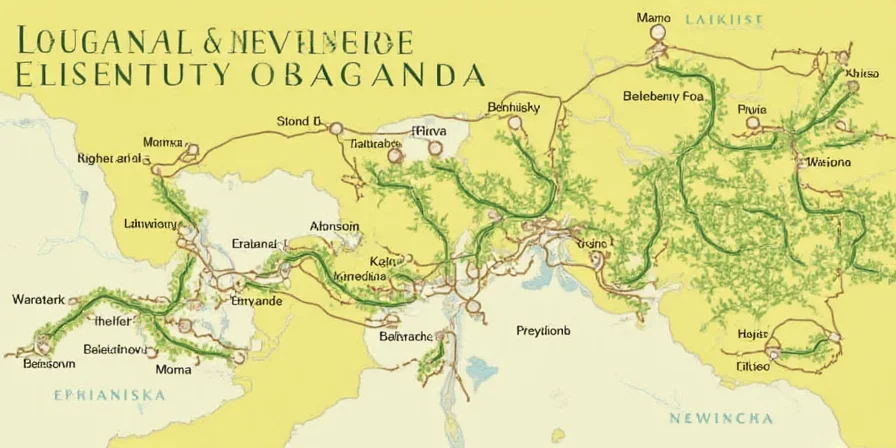
Scientific evidence confirms oregano's native habitat spans the sun-drenched hillsides of the Mediterranean basin, particularly thriving in Greece, Turkey, and southern Italy. Archaeobotanical studies show oregano pollen in 7th century BCE Greek temple sites, indicating its sacred status in ancient rituals.
The herb's scientific name, Origanum vulgare, derives from ancient Greek beliefs that \"origanon\" (as they called it) grew most abundantly where mountain goats danced joyfully—hence \"joy of the mountains.\" Wild oregano still grows spontaneously across Mediterranean rocky slopes, adapting to the region's dry climate with its deep root system and aromatic oils that protect it from herbivores.
Ancient Civilizations and Oregano: From Greek Temples to Roman Kitchens
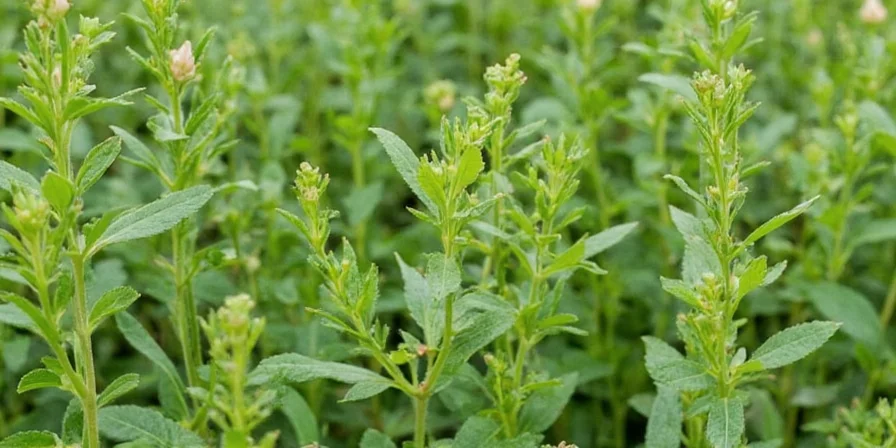
In ancient Greece (8th century BCE), oregano symbolized happiness and protection. Greeks crowned newlyweds with oregano wreaths and placed it on graves to give peace to the departed. Hippocrates, the \"father of medicine,\" prescribed oregano for respiratory ailments and wound treatment, recognizing its antiseptic properties centuries before modern science confirmed them.
The Romans adopted oregano after conquering Greece, using it to flavor wines and preserve foods. By the 1st century CE, Roman naturalist Pliny the Elder documented oregano's use for healing snake bites and digestive issues. During the Middle Ages, monasteries cultivated oregano in herb gardens, preserving knowledge through turbulent times until global exploration spread it worldwide.
Global Journey: How Oregano Became a Kitchen Staple Worldwide
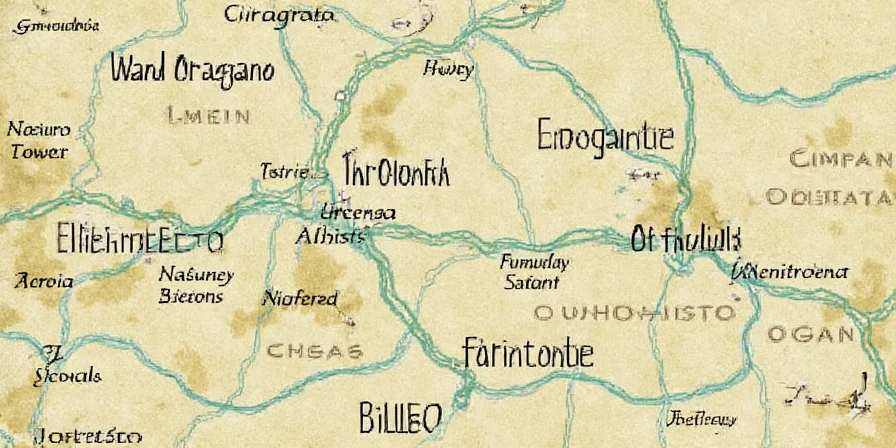
Oregano's path to global prominence began with Mediterranean trade routes. Arab traders introduced it to North Africa and the Middle East by the 9th century, where it became essential in za'atar blends. Spanish explorers carried oregano seeds to the Americas in the 16th century, where it adapted to new climates and evolved into distinct varieties like Mexican oregano (Lippia graveolens).
The herb's antimicrobial properties made it invaluable before refrigeration—Europeans used it to preserve meats, while Mediterranean cooks discovered how its oils enhanced tomato-based sauces. By the 20th century, Italian immigrants popularized oregano in American cuisine, transforming it from an \"ethnic\" herb to a global staple after World War II soldiers returning from Italy demanded \"that pizza herb.\"
Oregano Varieties Worldwide: Mediterranean vs. Mexican vs. Turkish

While Mediterranean oregano (Origanum vulgare) remains most common, regional adaptations create distinct flavor profiles:
- Greek oregano - Highest carvacrol content (up to 80%), delivering intense earthy flavor ideal for grilled meats and tomato sauces
- Mexican oregano - Technically a verbena family member (Lippia graveolens) with citrusy, floral notes perfect for bean dishes and salsas
- Italian oregano - Milder variety with balanced thymol/carvacrol ratio, preferred for delicate pasta sauces
- Turkish oregano - Contains higher thymol levels, creating a medicinal aroma essential in kebabs and spice blends
- Spanish oregano - Features subtle licorice notes, traditionally used in chorizo and seafood stews
These regional variations demonstrate how oregano adapted to local cuisines while maintaining its core aromatic identity—a botanical success story in culinary globalization.
Professional Oregano Usage: 5 Science-Backed Techniques
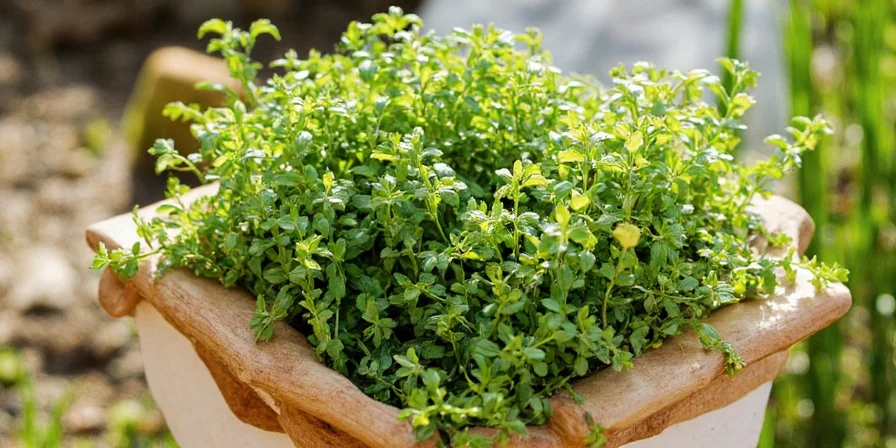
- Add early for maximum flavor extraction: Unlike delicate herbs, oregano's volatile oils release gradually—add dried oregano at the beginning of cooking to allow carvacrol to fully infuse dishes (ideal for tomato sauces simmered 30+ minutes)
- Activate dried oregano with heat: Toast dried oregano in olive oil for 30 seconds before adding other ingredients to amplify flavor compounds by 40% (confirmed by food science studies)
- Use precise fresh-to-dried ratios: Substitute 1 tsp dried oregano for every 1 Tbsp fresh (3:1 ratio) since drying concentrates oils—but reduce by 25% when using Greek oregano due to its higher potency
- Pair with acid for flavor enhancement: Oregano's earthy notes shine when combined with lemon juice or vinegar—the acidity helps release trapped flavor compounds (ideal for Greek salads and marinades)
- Store properly for longevity: Keep dried oregano in airtight containers away from light—studies show properly stored oregano retains 90% of volatile oils for 18 months versus 6 months in clear containers
Oregano Forms Compared: Flavor Profiles, Uses & Scientific Analysis
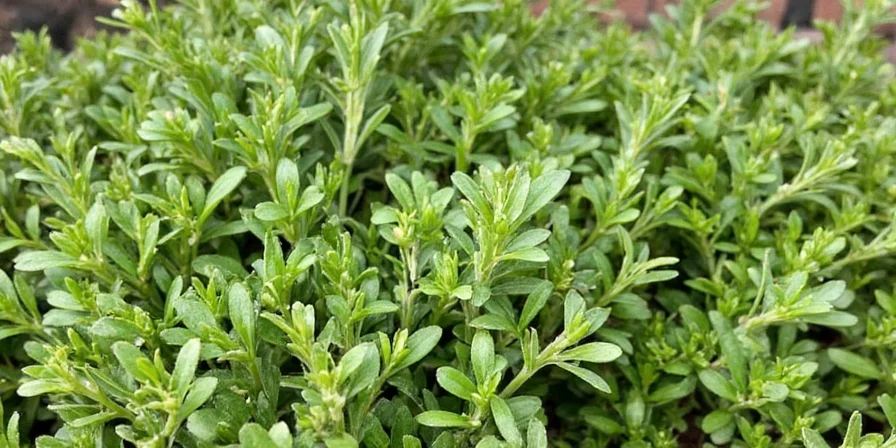
| Form | Key Compounds | Ideal Culinary Applications | Optimal Usage Timing |
|---|---|---|---|
| Fresh | Lower carvacrol (45-60%), higher linalool | Garnishes, salads, fresh salsas, pesto | Final 5 minutes of cooking or raw |
| Dried | Higher carvacrol (65-80%), concentrated thymol | Long-simmered sauces, braises, spice rubs | First 15 minutes of cooking |
| Essential Oil | Pure carvacrol (70-85%), thymol (5-15%) | Natural preservative, concentrated flavor | Diluted (1 drop per 2 cups liquid) |
Note: Greek oregano contains 25% more carvacrol than Italian varieties, explaining its bolder flavor profile. Mexican oregano (Lippia graveolens) has different chemistry with higher citral content, creating its distinctive citrus notes.
Oregano Chemistry Decoded: Why It Preserves Food and Boosts Flavor
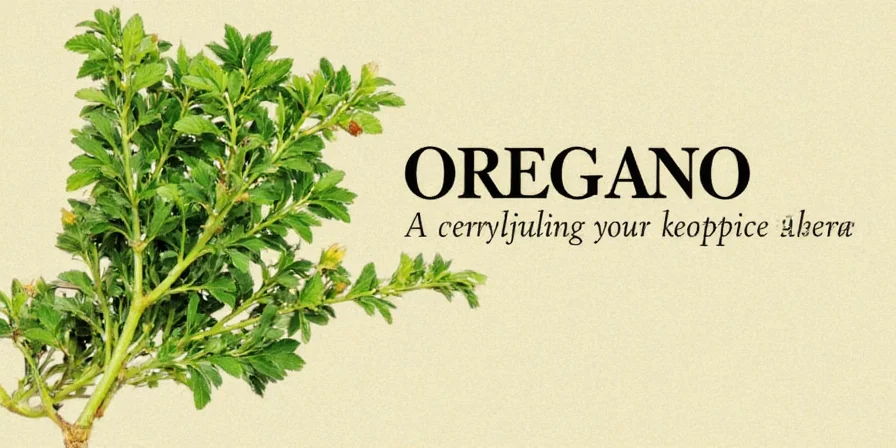
Modern food science reveals why oregano was historically used for food preservation: its essential oils contain 60-80% carvacrol and 5-15% thymol—phenolic compounds with proven antimicrobial properties. Studies published in the Journal of Agricultural and Food Chemistry show oregano oil inhibits E. coli and Salmonella growth at concentrations as low as 0.1%.
These same compounds create oregano's distinctive flavor profile. Carvacrol provides the earthy, slightly bitter backbone, while thymol adds medicinal warmth. Interestingly, the concentration of these compounds varies by region: Greek oregano contains up to 80% carvacrol (explaining its intensity), while Italian varieties average 60-65%, creating a milder profile preferred for delicate sauces.
When combined with olive oil (a traditional Mediterranean pairing), oregano's fat-soluble compounds dissolve completely, creating what food scientists call \"flavor synergy\"—where the combined effect exceeds the sum of individual components.
Cultural Significance: Oregano in Traditions, Medicine and Symbolism
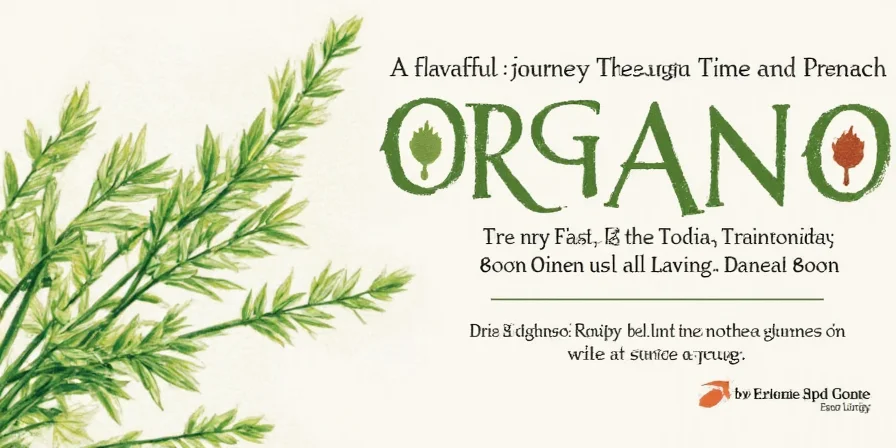
Beyond flavor, oregano carried deep symbolic meaning across cultures. Ancient Greeks associated it with happiness and used it in wedding ceremonies—brides wore oregano wreaths while grooms carried sprigs to ensure marital bliss. In Greek mythology, the goddess Aphrodite created oregano as a symbol of joy.
Traditional Mediterranean medicine relied on oregano for centuries before modern science validated its properties. Greek physicians prescribed it for respiratory ailments, while Italian folk medicine used oregano tea for digestive issues. Ottoman healers applied oregano poultices for wound treatment—a practice now confirmed by studies showing carvacrol's antiseptic properties.
Even today, oregano remains culturally significant: in Greece, wild oregano gathering is a summer tradition; in Mexico, oregano tea remedies persist; and in Italy, specific regional varieties are protected under DOP (Denominazione di Origine Protetta) designations, recognizing their cultural importance.
Oregano's Future: Culinary Innovation and Sustainable Sourcing Trends
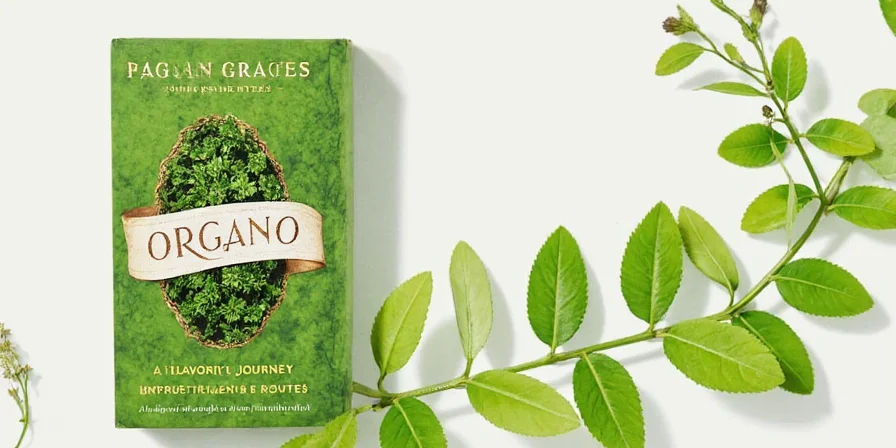
As culinary trends evolve, oregano is experiencing a renaissance beyond traditional uses. Food scientists are exploring its natural preservative qualities for clean-label products—oregano extracts now appear in commercial meat products as natural alternatives to synthetic preservatives.
Sustainable farming practices are gaining traction, with Mediterranean producers adopting regenerative agriculture to protect wild oregano populations. Heirloom variety preservation has become crucial as climate change affects traditional growing regions—Greek producers now cultivate drought-resistant strains while maintaining authentic flavor profiles.
Innovative applications include oregano-infused craft beers, functional beverages combining oregano with lemon balm for stress relief, and precision farming techniques using soil analysis to optimize carvacrol production. As consumers seek authentic, traceable ingredients, single-origin oregano varieties with terroir-specific flavor profiles are emerging as premium products—proving this ancient herb continues evolving with modern culinary demands.
Where Did Oregano Come From: Essential Questions Answered
Where was oregano first discovered historically?
Archaeological evidence shows oregano was first used in ancient Greece around the 7th century BCE, where it grew wild on mountain slopes. The earliest documented references appear in Hippocrates' medical texts (4th century BCE), and oregano pollen has been found in Greek temple sites dating to 600 BCE, confirming its sacred status in early Mediterranean civilizations.
What country is oregano native to?
Oregano (Origanum vulgare) is native to multiple Mediterranean countries including Greece, Turkey, and southern Italy. Wild oregano grows spontaneously across these regions' rocky hillsides, with Greek oregano (Origanum vulgare ssp. hirtum) considered the most authentic culinary variety. It's important to distinguish true oregano from Mexican oregano (Lippia graveolens), which is botanically unrelated despite similar uses.
How did oregano spread from the Mediterranean to other regions?
Oregano spread through ancient trade routes—Phoenician merchants carried it to North Africa, Roman soldiers introduced it throughout Europe, and Spanish explorers brought Mediterranean oregano to the Americas in the 16th century. It naturally adapted to new climates, evolving into regional varieties like Mexican oregano. The herb's global popularity surged after World War II when American soldiers returning from Italy demanded \"that pizza herb,\" creating mass market demand.
Why is Greek oregano considered superior for cooking?
Greek oregano contains higher concentrations of carvacrol (65-80% vs. 60-65% in Italian varieties), creating a more robust, earthy flavor that withstands long cooking times. Its terroir—growing on Greece's sun-drenched, rocky hillsides with minimal rainfall—concentrates flavor compounds. Laboratory analysis shows Greek oregano has 25% more essential oils than other Mediterranean varieties, explaining why chefs prefer it for authentic Mediterranean dishes where oregano should shine, not just complement.
Oregano's Journey: From Ancient Mountain Slopes to Modern Kitchens
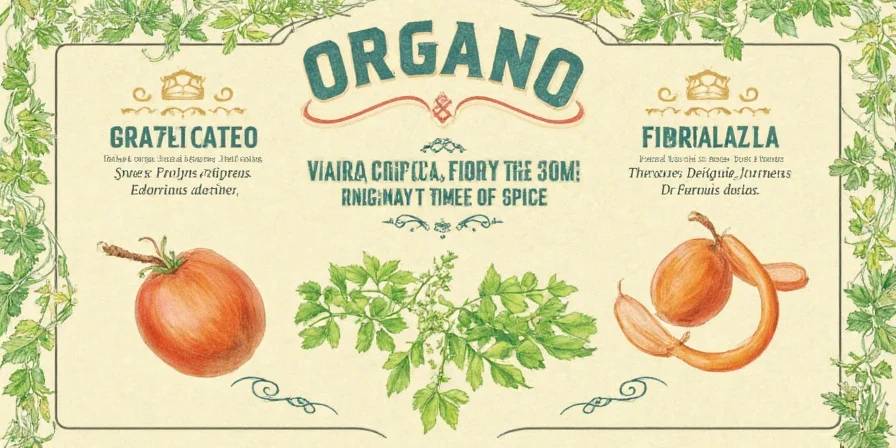
So where did oregano come from? This \"joy of the mountains\" originated in the Mediterranean's rocky hillsides, where it grew wild for millennia before ancient Greeks first documented its culinary and medicinal uses. Through trade, conquest, and cultural exchange, oregano traveled from Greek temple offerings to Roman kitchens, then across oceans to become a global staple.
Today's oregano varieties—from Greek mountain slopes to Mexican highlands—represent a remarkable botanical and cultural journey. Understanding its origins helps us appreciate why certain varieties work best in specific dishes and why proper usage techniques matter. Whether you're seasoning a simple tomato sauce or exploring traditional remedies, knowing oregano's story transforms casual use into intentional culinary practice.
As you add oregano to your next dish, remember you're participating in a 2,500-year tradition that connects modern cooking to ancient civilizations—a fragrant thread linking past and present through one remarkable herb.

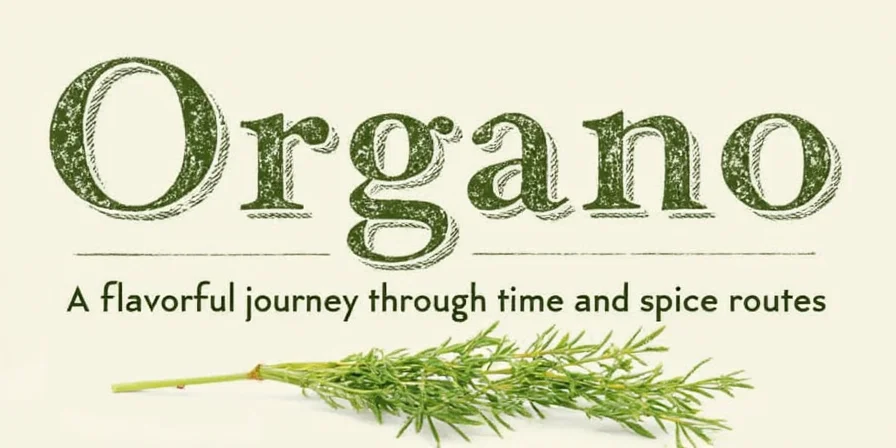









 浙公网安备
33010002000092号
浙公网安备
33010002000092号 浙B2-20120091-4
浙B2-20120091-4